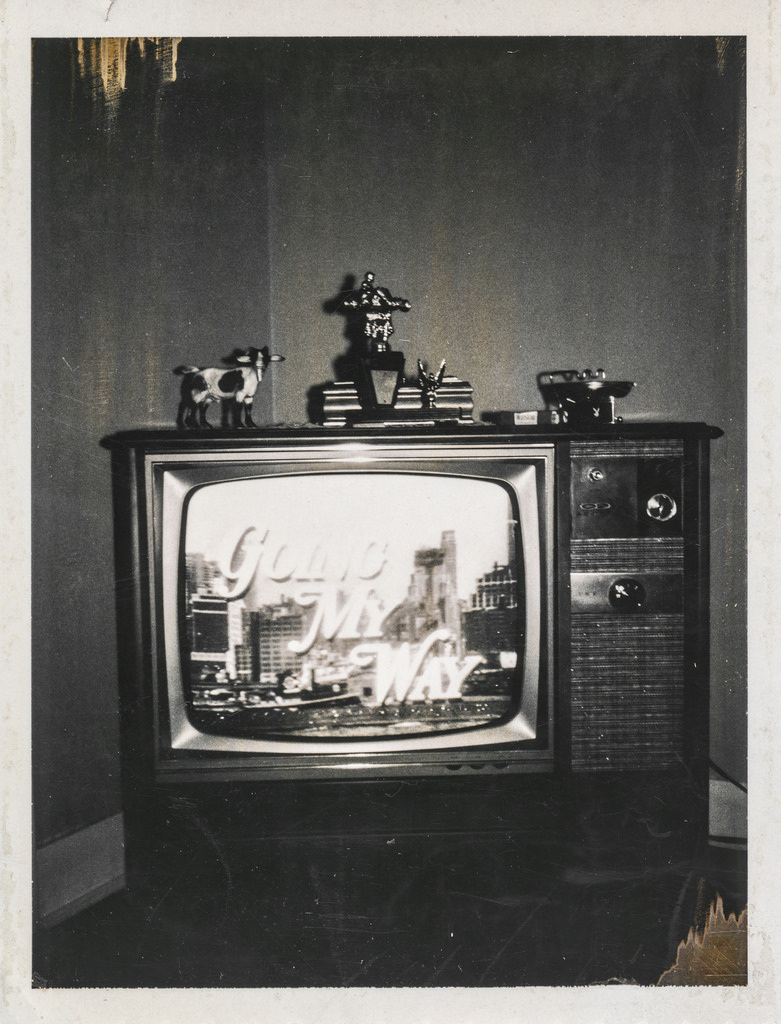| It’s time for a reality check, America. I have no trouble castigating Donald Trump for his vulgar, misogynistic “locker room talk” about women. I’m glad so many people apparently feel the nation’s highest political office ought to be occupied by someone with higher standards, at least publicly. But the outrage is laced with more than a thin ribbon of hypocrisy. How many Hollywood moguls would condemn Trump while producing movies or prime-time television fare that presents much the same, packaged as mainstream entertainment? And how many regular Americans, aghast at the 2005 video they watched on a news station last week, changed the channel and began enjoying that entertainment? A nation that gleefully frolics in a smelly, wet bog sounds a little false when it gets angry because its |
| | politicians are found to be muddy. It’s more than fitting that Trump’s vulgar comments were made in the context of filming a television show. Television executives used to understand their place as guests in our living rooms. Now, it’s safe to say many people would show the door to an actual guest who came into your home and said or did the things TV characters say and do each night on your sets. Much of it is too vulgar to describe in a column for a family newspaper. The Parents Television Council is good at cataloging the filth. In a recent report titled “Protecting our children or protecting Hollywood?” its researchers noted: “Between 2011 and 2014, all violence per hour of programming on prime-time broadcast TV increased 6 percent; weapon-related violence (involving guns, bladed weapons, and blunt force) increased 17 percent; and nudity increased 93 percent.” That’s not to suggest it all started from scratch in 2011. Things were bad enough back then. And once you leave the realm of free broadcast TV, it’s the wild, wild West. Of course, the type of vulgarity Trump suggested back in 2005 involved taking liberties without consent. Much of what happens on TV is depicted as consensual. But what this type of programing does to the children who watch it happens not only without their consent, it affects them in ways they can’t yet understand. In 2007, The American Psychological Association released a report on the "sexualization of girls" that found strong evidence linking the culture’s attitudes toward girls (in everything from TV to the clothing styles marketed toward them) to a lower performance in schools. Specifically, girls perform worse on mathematical equations or logical thinking when they are objectified. They also are less likely to seek careers in science, technology, engineering and mathematics. And perhaps the worst part is that the more the culture travels down this road, the less it is aware of the depth of the bog. Two years ago, the Annenberg Public Policy Center published a study in which 1,000 parents with children were shown videos depicting sex or violence. They were asked how old they thought kids should be before watching those scenes. At first, the parents set relatively high standards — an average of 17.2 years for the sexual content. But as they were shown more and more such scenes, their sense of age-appropriateness diminished. They set an average standard of 14 years for the last clip. The authors concluded that people become desensitized to violence and sex the more they watch. This, they said, suggests those who set film ratings may have a sliding standard over time. But it also suggests a lot about the rest of us who watch such things. As columnist Noami Schaefer Riley said of the study in the New York Post, “So you have had a at least two generations of kids who have grown up with declining standards of what’s appropriate. And they are now raising kids with almost no standards at all when it comes to media consumption.” Thirty years ago, Gary Hart’s presidential campaign fell apart in the primaries because of allegations of an extra-marital affair. Douglas Ginsburg had to withdraw from consideration for the Supreme Court because he once smoked marijuana. The current Trump controversy shows about where current lines are drawn. When we’re finished criticizing him, we might want to look in a mirror. |


 RSS Feed
RSS Feed

